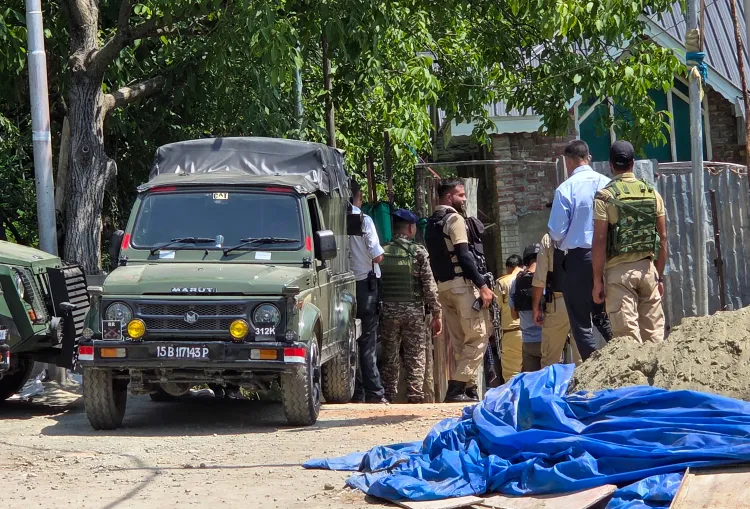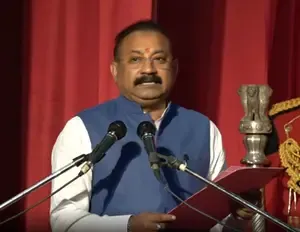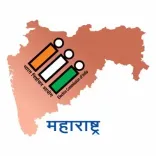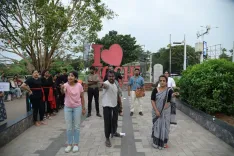Is Pakistan's Role Confirmed in the Pahalgam Attack?

Synopsis
Key Takeaways
- NADRA cards found on terrorists confirm their Pakistani origin.
- LoRa communication sets enhance operational security for terrorists.
- India's Operation Sindoor aimed to neutralize the attackers.
- Investigation reveals a direct link between the attack and Pakistan.
- Evidence continues to mount against cross-border terrorism.
New Delhi, Aug 2 (NationPress) Following every terrorist incident in India, it’s a common occurrence for Pakistan to deny involvement. Incidents like Mumbai's 26/11, Uri, Pahalgam, and Pulwama have all seen Pakistan dismiss the attacks as local actions. However, the Pahalgam attack, which tragically claimed 26 innocent lives, presents a different narrative.
After this attack, The Resistance Front took responsibility, but under Pakistan's influence, this group—a proxy for Lashkar-e-Taiba—quickly claimed the act.
Following the Pahalgam incident, India launched a response operation named Operation Sindoor, yet the attackers remained unidentified for 90 days until they were ultimately neutralized by security forces.
Initial investigations revealed a clear link to Pakistan. While early reports suggested local involvement, further inquiry confirmed that all three assailants were of Pakistani descent.
Key evidence collected includes NADRA card information found on the terrorists' mobile devices. These cards, issued by Pakistan's National Database and Registration Authority, serve as primary identification for Pakistani citizens.
The discovery of these NADRA cards strongly indicates the attackers' Pakistani origins, as such identification is not given to local insurgents.
Moreover, investigators found LoRa (long-range) communication devices from the slain terrorists. These tools will further clarify Pakistan's involvement in the incident.
Data from the LoRa devices may reveal the terrorists' movements over recent months, offering insights into their locations and potential manufacturing origin.
Recently, terrorists have favored LoRa sets over satellite phones for secure long-distance communication, avoiding cellular networks. Unlike satellite phones, which can be intercepted, LoRa sets provide a more secure communication channel.
Indian agencies first identified LoRa technology when infiltrating terrorists were captured. These devices allow terrorists to avoid detection while communicating with their handlers based in Pakistan.
The same technology was employed by those who attacked Poonch-Rajour, utilizing encrypted radio messages that are hard to intercept.
Although detecting the device location is feasible when activated, the effective range is limited to 3-5 kilometers, making it challenging in forested areas.
In addition to LoRa devices and NADRA card details, authorities recovered various items post-attack, including a 28-watt solar charger, a GoPro harness, multiple mobile chargers, sewing materials, medications, a Swiss Military power bank, dry rations, tea powder, and a stove.









